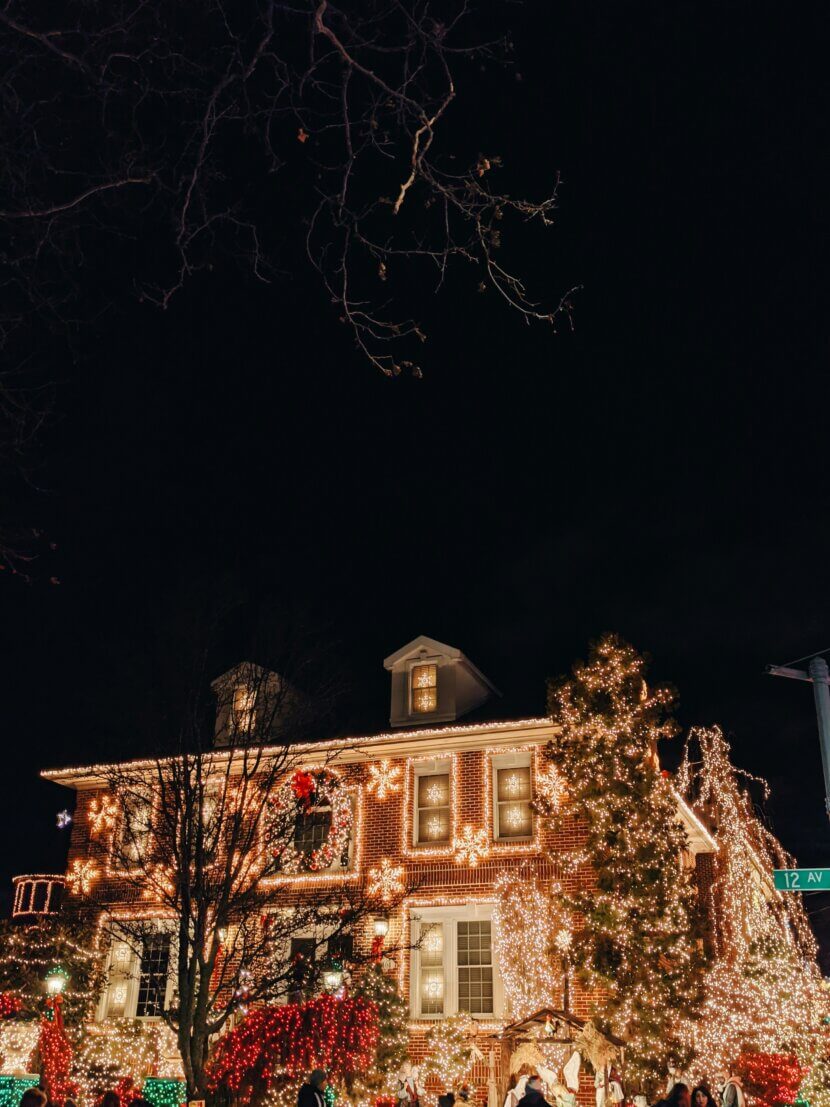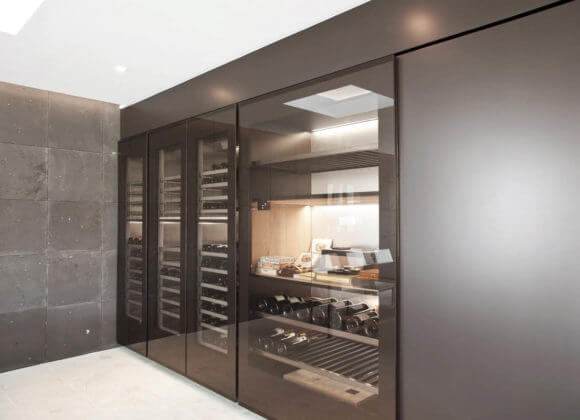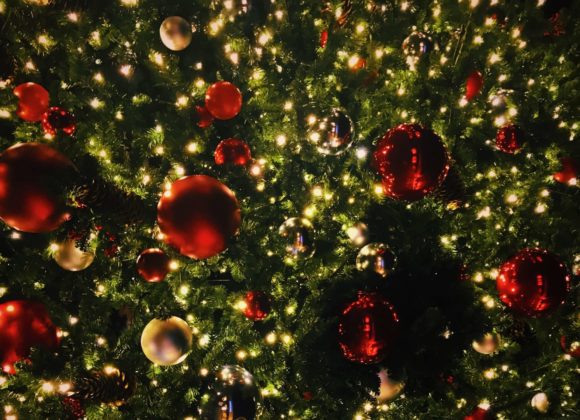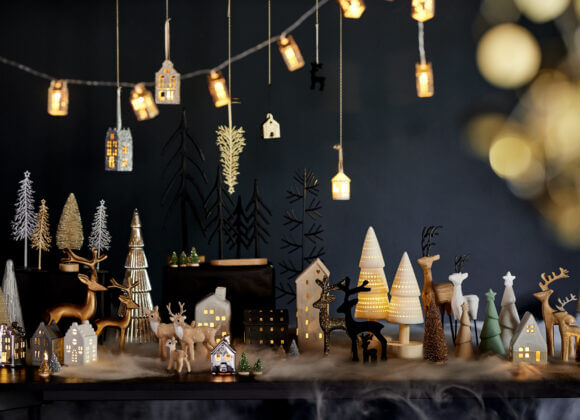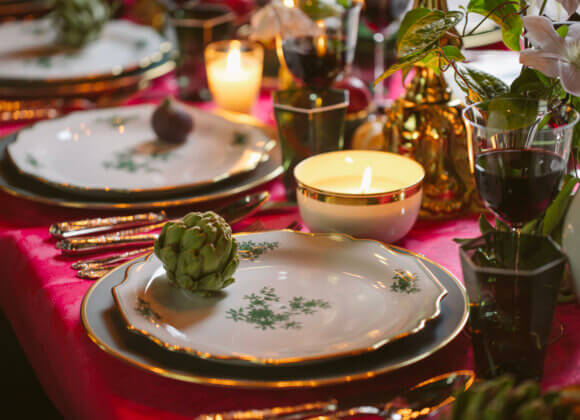Christmas lights set the mood both inside and out. Here are a few tips to ensure that the subsequent electricity bill doesn’t come as a nasty surprise.
Twinkling lights and candlelight are just as much a part of the pre-Christmas season as mulled wine, punch, chestnuts and cookies. That’s why apartments, houses, gardens and balconies are often lit up with fairy lights and glowing figures during Advent. Laser spots that project snowflakes, stars and other motifs onto walls are also becoming increasingly popular. However, there is no Christmas lighting without energy. And that can be expensive if the lighting is lavish. With a few tips, however, you can prevent the subsequent electricity bill from casting a shadow over the lights.
#1: Choose LED lamps for your Christmas lighting
Even if the fairy lights from the snow still work with light bulbs or energy-saving lamps – leave them in the cupboard. This is because lighting with LED lamps significantly reduces electricity consumption by up to 80 percent per lamp. According to Die Umweltberatung, a reindeer sleigh with two ten-meter-long fairy lights with light bulbs consumes about as much electricity during the Advent season as an economical refrigerator does throughout the year. The same lighting in LED design uses as much electricity as the average television during the Advent season. And that’s with the same brightness and a significantly longer service life.
When buying LED lamps, make sure that the packaging states how many watts they require: The lower this figure is, the more efficient the light source is.
#2: Christmas lights with battery or electricity?
According to the German TÜV Süd, mains-powered fairy lights are generally cheaper than battery-powered models, as the batteries have to be replaced regularly. Although more expensive to purchase, battery-powered fairy lights are cheaper and more sustainable in the long term.
#3: Use real candles
Even the best LED candle cannot match the atmospheric glow of a real candle. Therefore, if possible for safety reasons, opt for the latter. This is not only good for your wallet, but also for the environment, as real candles do not consume any energy.

#4: Switch off the Christmas lights!
The Christmas lights in the garden, on the balcony or in the house may be beautiful, but they don’t have to burn all night. So use a timer – or buy products that are already equipped with a timer. This not only saves energy and protects the batteries. The neighbors may also thank you if the light no longer penetrates the bedroom.
The same applies to the animals, as their day and night rhythm will otherwise be disrupted. Another tip in this context: only use light with a high yellow component, i.e. around 2,000 Kelvin. The whiter or bluer the light, the more disturbing it is perceived by humans and animals.
#5: Conserve resources
When buying Christmas lighting, choose products where the bulbs can be replaced. Although this does not have a direct effect on energy consumption, it does have an indirect effect.
Similar articles:
How to save energy in the home


